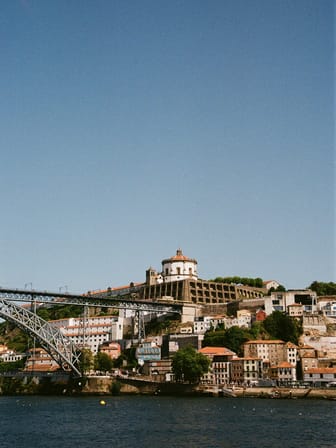Casa Museu Fernando de Castro
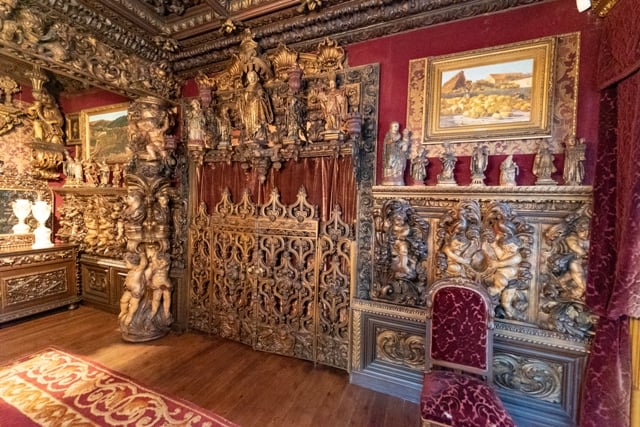
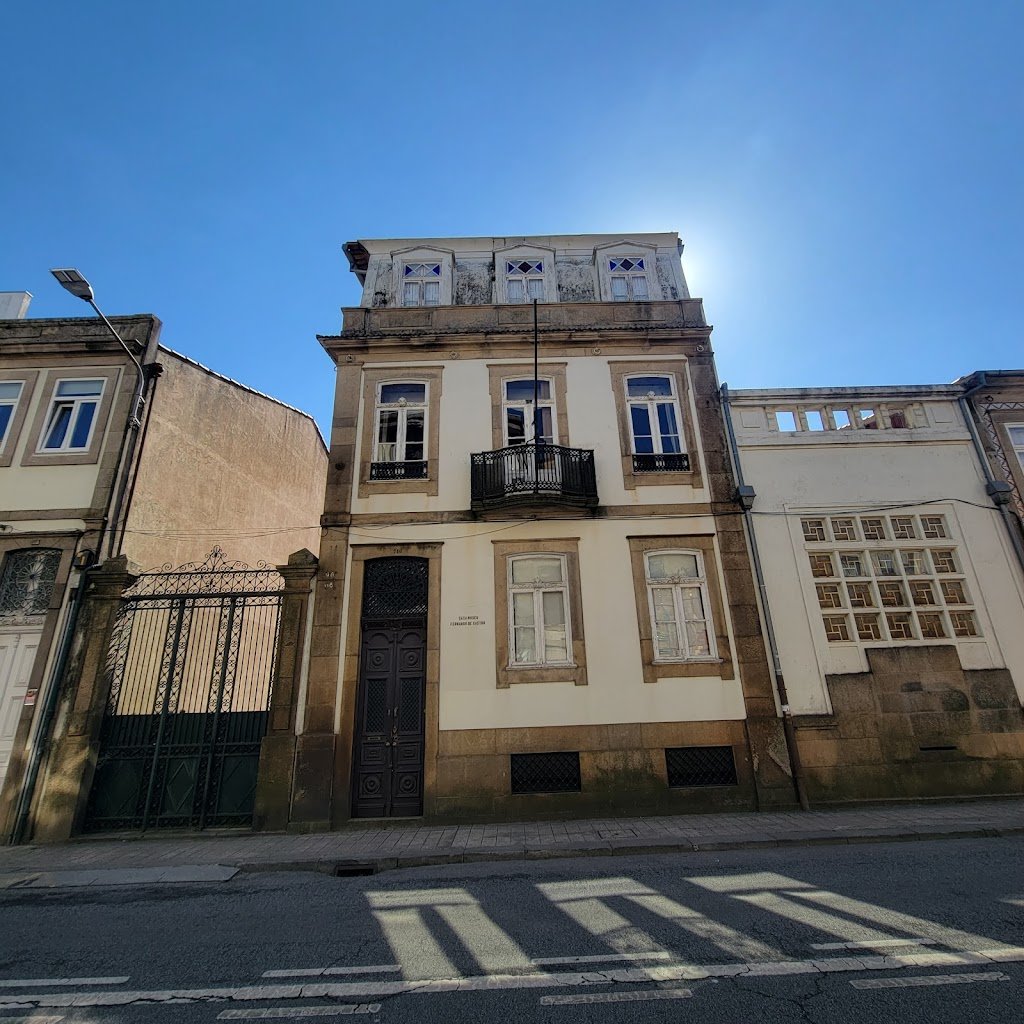
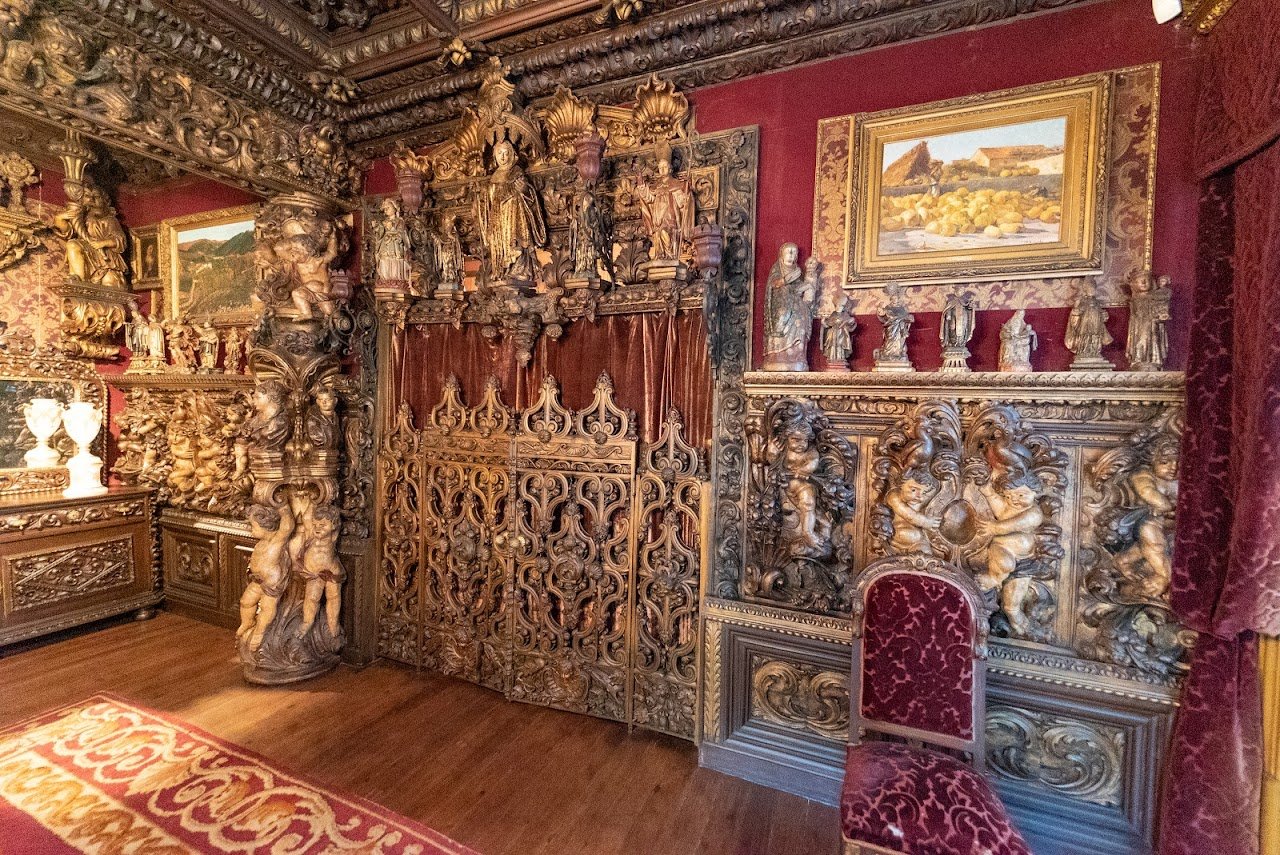
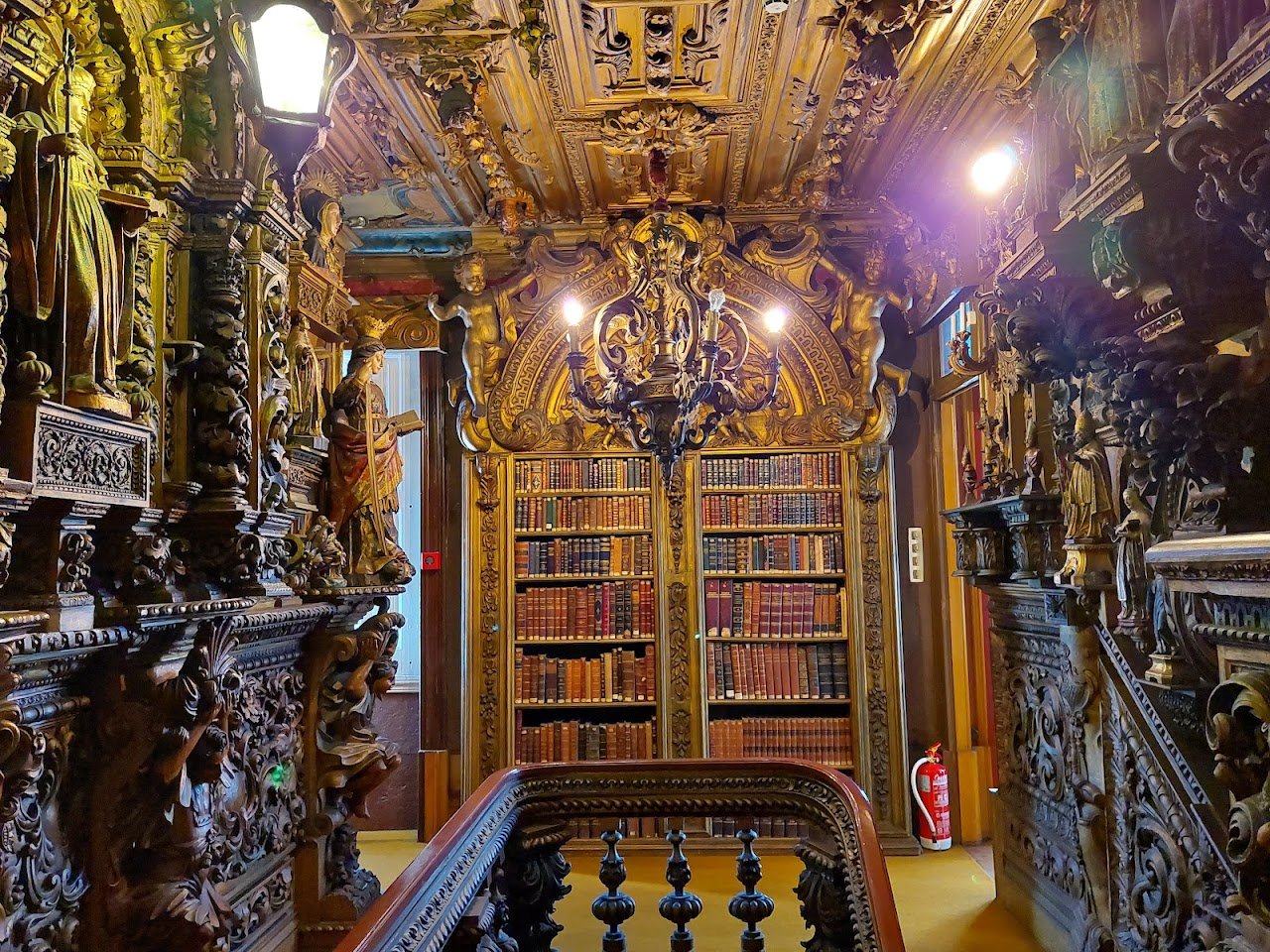
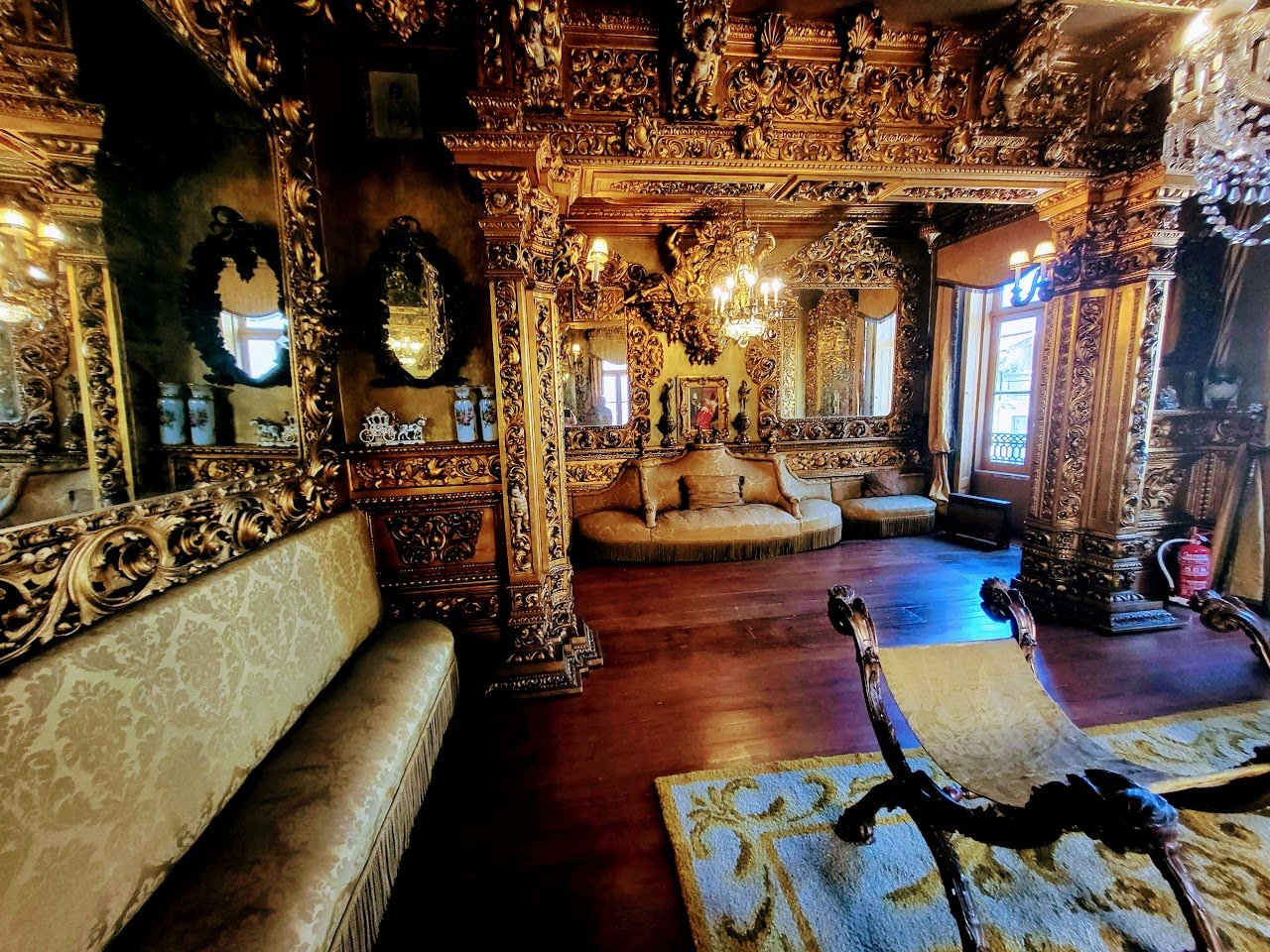
Ask ThatchGPT
Suggest a local expert to plan my trip
Suggest an unique itinerary for my Porto trip
What foods do Porto locals eat
What are some true hidden gems in Porto
Help me brainstorm trip ideas for Porto
Help me plan a family-friendly trip to Porto
What people say
Pedro Pereira
Available for hire
"It was the residence of Fernando de Castro, (1889-1946), dealer, poet, caricaturist and above all collector. From his father he inherited a partnership in a commercial firm, with offices and a store on Rua das Flores, in Porto. Without a taste for commerce, an activity to which his future would naturally be destined, the time he spent in the office was spent largely drawing and writing, having left us a significant number of caricatures, humorous drawings and some published books, in verse and prose, and also a manuscript. It can be said that much of her life dedicated her to collecting the pieces with which she decorated her own home, with the aim of creating a museum there.
In fact, although no museological criteria are visible in its arrangement, we find a very interesting set of works gathered there: paintings from the 16th to the 20th centuries, with emphasis on naturalistic painting from the 19th-20th centuries, sculpture, almost exclusively of religious character, from the 16th century to the 19th century, some pieces of ceramics, glass and toreutics, but above all a large amount of carvings, from churches and convents, with which he covered practically the entire interior of his home. Furthermore, it is the carving that in many situations serves as a background or support for the display of objects, creating in this house an absolutely unexpected environment, with no empty spaces, and which due to its originality cannot fail to surprise us.
It can be said that, in addition to the pleasure in acquiring and collecting pieces in themselves – always with the aim of safeguarding this heritage from ruin, according to the testimony of his contemporaries – Fernando de Castro also felt enormous pleasure in create a performance for them, in which carving played a preponderant role.
When we enter this house – from the outside of which it is not possible to even suspect the atmosphere that its owner managed to convey – we understand why, in its time, it was considered by many to be a “true museum”.
Since Fernando de Castro died without a will, Maria da Luz de Araújo e Castro, a great admirer of her brother's work, and fulfilling her wish, made a donation to the State of this entire estate under the name Casa Museu Fernando de Castro, the which administratively depends on the National Museum of Soares dos Reis, since its foundation in 1952."
Mentioned in these guides
About Casa Museu Fernando de Castro
Get the inside scoop on Casa Museu Fernando de Castro from local experts, travel creators, and tastemakers. Browse genuine trip notes, Casa Museu Fernando de Castro reviews, photos, travel guides, and itineraries from real travelers and plan your trip with confidence.
Phone
Save this spot for later or start mapping out a new trip today
Try our AI Travel Assistant and get instant answers to any questions about your trip.
Ask ThatchGPT

